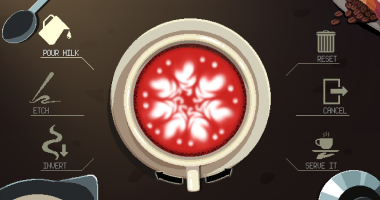
From time to time, Ann would notice qualities in Denise—her smarts, her athleticism, her bright blue eyes—and think, she must have gotten that from her donor. She secretly hoped that one day Denise would track him down. She knew it was a long shot though. The clinic hadn’t even given her the donor number.
Norman succumbed to his drinking, and in 2010, at age 60, he died from cirrhosis of the liver. Denise was 32. Freed from her promise of secrecy, Ann prepared to tell her daughter the truth. Arriving home with the family after her youngest daughter’s graduation, Ann announced she had news. A thought came to Denise, as if from someone else’s mind. “She’s going to tell me my dad isn’t my real dad.” It took her aback. The idea had never occurred to her before.
Ann told her about the mumps, the infertility, the Birmingham clinic, the donor. She handed Denise the receipt from the clinic—for a couple hundred dollars—and a clipping from the Donor Sibling Registry, an organization that launched in 2000 to connect offspring to their donors and siblings. She hoped that Denise could use it to track down her biological father.
But Denise shrugged it off. She already had someone who’d wanted to be her father. “My dad was my dad,” she said. “I don’t really need another one.” OK, Ann thought, surprised. That’s that.
The first woman ever to give birth to a donor-conceived child never knew it. In 1884, an unscrupulous Philadelphia doctor named William Pancoast chloroformed one of his patients, then inseminated her using a rubber syringe loaded with sperm from what he considered his most attractive medical student. He eventually came clean to the woman’s husband, but the men agreed the mother would be better off left in the dark. The six medical students who witnessed the procedure were sworn to secrecy; however, compelled by the “peculiar ethics” of the case, one of them published an account of the affair 25 years later in a letter to the publication Medical World.
Donor insemination continued largely underground, sans chloroform, until the 1950s. Doctors typically used fresh semen from a limited supply of nearby medical students—or occasionally their own. In 1953, an Arkansas doctoral student named Jerome K. Sherman successfully inseminated a woman with sperm he’d frozen in solid carbon dioxide and preserved with glycerol. For the most part, a combination of stigma, religious opposition, and legal roadblocks kept the practice in the closet. In 1954 and again in 1963, state courts ruled that donor insemination constituted adultery, husband consent notwithstanding. They deemed the resulting children illegitimate.
That changed In 1973, when ULC, a nonprofit that drafts state legislation, introduced the Uniform Parentage Act, which was later adopted by a handful of states. It afforded legal paternity rights to the husbands of women who birthed children from donor sperm. A few years later, scientists developed reliable cryopreservation methods, setting the stage for commercial sperm banks. Freezing sperm allowed banks to stockpile catalogs of donors, ushering in an era of consumer choice.
Frozen sperm became standard in the late 1980s during the AIDS crisis, after several women contracted HIV from donors. A new infection could take months to show up on a test, so freezing kept sperm alive during a quarantine period, after which clinics could re-test it. The practice remained voluntary; however, no law mandated it.
All the while, doctors advised couples against telling children about the truth of their parentage, warning that it could threaten family unity. It wasn’t until LGBTQ parents obtained widespread access to assisted reproduction that the practice started coming into the light. Nondisclosure wasn’t really an option, and these children expressed curiosity about their origins.
The Sperm Bank of California, the country’s only nonprofit sperm bank, opened in Oakland in 1982, catering to lesbian couples. Responding to requests for more information, they pioneered the first identity disclosure program in 1983: Once donor-conceived people turned 18, they could request their donor’s identity and contact information. Commercial sperm banks seized the opportunity to expand their customer bases, adding their own identity disclosure programs.







